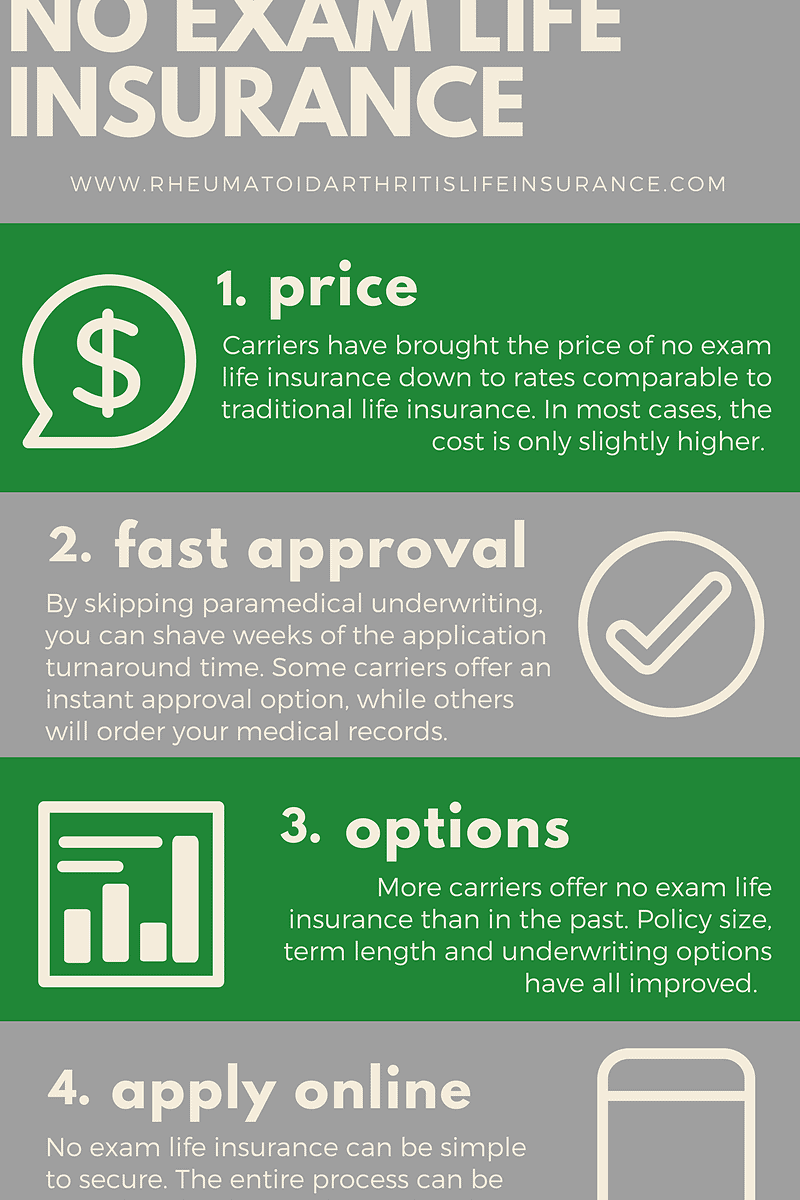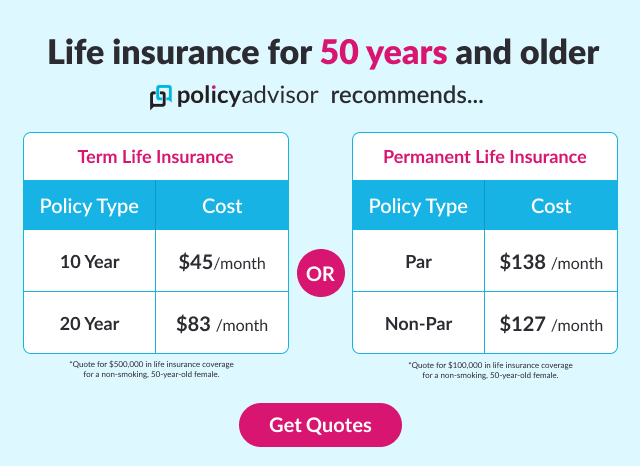Making a Car Accident Claim
You’ve been in a car accident. You’re shaken up, and you’re not sure what to do. Don’t worry, we’re here to help. This guide will provide you with a step-by-step process for filing a claim after a car accident.
1. Stay Calm and Collect Information
The first thing you need to do is stay calm. It’s easy to get overwhelmed after a car accident, but it’s important to take a deep breath and focus on what you need to do. Once you’re calm, you can start collecting information. This includes the following:
- The names and contact information of the other drivers involved in the accident
- The make, model, and license plate numbers of the vehicles involved
- The date, time, and location of the accident
- Any witnesses to the accident
- Photos of the damage to your vehicle
- A copy of the police report.
The more information you can collect, the better. This will help you when you file your claim.
2. Contact Your Insurance Company
Once you have collected all of the necessary information, you need to contact your insurance company. They will be able to help you file a claim and get your car repaired or replaced.
3. File a Claim
Filing a claim is relatively straightforward. You will need to provide your insurance company with the information you collected in Step 1. They will then review your claim and determine whether or not you are eligible for benefits.
4. Get Your Car Repaired or Replaced
If your insurance company approves your claim, they will pay to have your car repaired or replaced. You can choose to have your car repaired at any shop you want, but your insurance company may recommend a few shops.
5. Follow Up
Once your car is repaired or replaced, you should follow up with your insurance company to make sure that you are satisfied with the results. You should also keep all of the documentation related to your accident in case you need it later.
How to Make a Claim After a Car Accident: A Step-by-Step Guide for Navigating the Legal Maze
After the shock and adrenaline of a car accident fade, it’s critical to navigate the intricate legal maze that follows. Filing a claim is an essential step in protecting your rights and seeking compensation for your losses. Here’s a comprehensive guide to help you make a strong claim after a car accident.
Step 1: Gather Information
In the aftermath of an accident, it’s easy to feel overwhelmed and disoriented. However, gathering as much information as possible about the incident is crucial for your claim. Exchange information with the other driver(s) involved, including your name, address, phone number, insurance details, and license numbers. Jot down the date, time, and location of the accident, and take photos or videos of the damage to both vehicles and the surrounding scene. If there are witnesses, get their names and contact information.
Step 2: Report the Accident to Your Insurance Company
Time is of the essence when it comes to reporting an accident to your insurance company. Most policies require you to notify them within 24-72 hours, so don’t delay. Provide them with all the details you’ve gathered from Step 1, including the police report if one was filed. The sooner you report the accident, the sooner they can start processing your claim and investigating the incident.
Step 3: Determine Fault and Liability
Determining fault and liability is a key aspect of the claims process. If you believe you were not at fault for the accident, you will need to gather evidence to support your claim. This may include witness statements, police reports, and any other documentation that supports your version of events. Understanding who is liable for the accident is crucial, as it will impact the amount of compensation you are entitled to.
Step 4: Submit a Claim Form
Once you have gathered the necessary information and determined fault, it’s time to submit an official claim form to your insurance company. The form will typically ask for details about the accident, the damage, your injuries, and any other relevant information. Be thorough and accurate when filling out the form, and include all supporting documentation.
Step 5: Negotiate a Settlement
After your insurance company has reviewed your claim, they may make an offer for a settlement. This is the amount of compensation they are willing to pay for your losses. It’s important to carefully consider the settlement offer before accepting it. If you are unsure about the fairness of the offer, you may want to consult with an attorney to discuss your options.
Conclusion
Making a claim after a car accident can be a daunting task, but by following these steps and gathering as much information as possible, you can improve your chances of a successful outcome. Remember to stay calm, be proactive, and don’t hesitate to seek professional help if needed. By navigating the claims process effectively, you can protect your rights and ensure that you receive fair compensation for your losses.
How to Make a Claim After a Car Accident
Getting into a car accident is a traumatic experience that can leave you feeling shaken and confused. In addition to the physical pain and emotional distress, you may also be facing the financial burden of vehicle repairs, medical bills, and lost wages. Filing an insurance claim can help offset these costs, but it’s important to do it correctly. Here’s a step-by-step guide to help you navigate the process and get the compensation you deserve:
Step 1: Gather Information
After a car accident, your first priority should be to ensure the safety of yourself and any other individuals involved. Once you’re in a safe location, take the following steps to gather important information:
- Exchange information with the other driver(s): Get their name, address, phone number, insurance company, and policy number.
- Take photos of the accident scene: This includes damage to both vehicles, skid marks, and any other relevant details.
- Get a police report: If possible, call the police and obtain a copy of the accident report.
- Seek medical attention: Even if you don’t feel injured, it’s crucial to get checked out by a doctor. Some injuries, like whiplash, may not manifest immediately.
Step 2: Contact Your Insurance Company
Report the accident to your insurance company promptly and provide them with the information you have gathered. Your insurance agent will guide you through the claims process and help you determine the next steps.
Step 3: File a Claim
To file a claim, you’ll need to submit a claim form to your insurance company. This form will typically ask for information about the accident, including the date, time, location, and a description of the events. You may also need to provide copies of the police report and medical records.
The claims process can be complex and may involve several steps, including:
- Investigation: The insurance company will investigate the accident to determine liability and the amount of damages.
- Negotiation: The insurance company will negotiate a settlement amount with you based on the damages and your policy coverage.
- Payment: Once a settlement is reached, the insurance company will issue payment for the agreed-upon amount.
Filing a car insurance claim can be a daunting task, but it’s crucial to remember that you’re not alone. Your insurance company is there to help you navigate the process and get the compensation you deserve. By following these steps, you can ensure that your claim is processed smoothly and efficiently.
How to Make a Claim After a Car Accident
If you’ve been involved in a car accident, the first priority is to ensure the safety of yourself and others. Once you’ve checked for injuries and called for help if necessary, the next step is to file a claim with your insurance company. Here’s a comprehensive guide to help you navigate the process smoothly:
Step 3: Document Your Injuries and Damages
After seeking medical attention, it’s crucial to meticulously document your injuries and damages to support your claim. This involves keeping detailed records of all medical treatments, including doctor’s appointments, medications prescribed, and any diagnostic tests or procedures. Additionally, document lost wages or any income that you’ve foregone due to the accident. Similarly, keep a record of vehicle repairs, including estimates and receipts for all work done.
Step 4: Gather Evidence at the Scene
If possible, take photos or videos of the accident scene. Capture images of the damage to both vehicles, the surrounding area, and any visible injuries. Additionally, gather contact information from witnesses, including their names, phone numbers, and email addresses. If there was a police report, obtain a copy of it for your records.
Obtaining as much evidence as possible will not only help your insurance company assess the extent of the damages but also provide valuable information in case of any legal disputes. By thoroughly documenting the scene and gathering witness accounts, you can strengthen your claim and ensure a fair settlement.
So, remember: when faced with the aftermath of a car accident, don’t hesitate to arm yourself with evidence. It’s like building a case for your own defense, ensuring that you have a solid foundation for your insurance claim.
How to File a Car Accident Claim in 5 Steps: A Comprehensive Guide
Car accidents are stressful and can be overwhelming, but filing a claim doesn’t have to be. Here’s a step-by-step guide to help you navigate the process:
Step 4: Determine Fault
Establishing fault is crucial in determining who is financially responsible for the damages. Here’s how to go about it:
1. Gather Evidence: Collect any documentation related to the accident, including the police report, witness statements, and photos of the damage.
2. Review Insurance Policies: Check both parties’ insurance policies to understand the coverage and limits.
3. Consult with Legal Counsel: If fault is disputed or there are serious injuries, consider seeking legal advice to protect your rights.
4. Consider Comparative Fault: Some states follow comparative fault rules, which apportion liability based on the percentage of each driver’s fault. This can impact the amount of compensation you’re entitled to.
5. Expert Opinion: In complex cases, an accident reconstruction expert may be hired to provide an objective assessment of the crash and determine fault.
6. Witness Statements: Statements from witnesses can provide valuable insights into the events leading up to the accident and help establish fault.
If you’re in the unfortunate position of having to deal with the aftermath of a car accident, filing a claim can be a daunting task. However, by following these steps, you can make the process as smooth and painless as possible. So, grab a pen and paper, and let’s get started on this journey.
Step 5: File Your Claim
Now that you have gathered all the necessary information, it’s time to file your claim. Here’s what you need to do:
Submit Your Claim Form: Contact your insurance company and request a claim form. Fill out the form completely and accurately, providing as much detail as possible about the accident. Be sure to include the date, time, and location of the accident, as well as the names and contact information of all parties involved.
Provide Supporting Documents: Along with your claim form, you will need to submit supporting documents that prove your losses. This may include medical bills, repair estimates, or lost wage statements.
Request Compensation: In your claim, be sure to request compensation for all of your losses, including medical expenses, property damage, and lost wages. You may also be entitled to compensation for pain and suffering.
Negotiate with the Insurance Company: Once you have submitted your claim, the insurance company will review it and make an offer. You may need to negotiate with the insurance company to get a fair settlement. Be prepared to provide additional documentation or information to support your claim.
Get Legal Help If Needed: If you are unable to reach a fair settlement with the insurance company on your own, you may want to consider getting legal help. An attorney can help you negotiate with the insurance company and protect your rights.
Step 6: Negotiate a Settlement
Once you’ve filed your claim and collected all the necessary documentation, it’s time to negotiate a settlement with the other driver’s insurance company. This can be a daunting task, but it’s important to remember that you have the right to fair compensation for your injuries and damages.
The insurance company will likely start by offering you a lowball settlement. Don’t be afraid to negotiate and ask for more. Be prepared to provide documentation to support your claim, such as medical bills, lost wages, and property damage estimates.
If you can’t reach an agreement with the insurance company, you may need to hire an attorney to represent you. An attorney can help you negotiate a fair settlement and ensure that your rights are protected.
Here are some tips for negotiating a settlement:
* Be prepared to walk away from the negotiations if the insurance company is not offering a fair settlement.
* Don’t be afraid to ask for more than you think you deserve. The insurance company will often try to lowball you, so it’s important to start high.
* Be willing to compromise. You’re unlikely to get everything you want, so be prepared to meet the insurance company halfway.
* Don’t sign anything until you’re completely satisfied with the settlement. Once you sign, you’re giving up your right to sue the insurance company for any further damages.
Step 7: Resolve Your Claim
After the dust has settled and the dust has finally settled, you’re ready to wrap things up and take home what’s rightfully yours. It’s time to resolve your car accident claim. But before you jump into the excitement, let’s take a moment to make sure you have all your ducks in a row.
-
Confirm the Settlement Amount: When you first agreed to settle, you undoubtedly thought everything was crystal clear. But let’s not leave any room for misunderstandings. Double-check the settlement amount one last time to ensure it’s what you expected.
-
Get It in Writing: Verbal agreements are great for casual conversations, but when it comes to legal matters like this, you want everything in black and white. Get the agreed-upon settlement amount in writing so you have a physical record of what you’re entitled to.
-
Understand the Payment Process: How you receive your hard-earned compensation can vary. Some parties prefer a check, while others may opt for an electronic transfer. Make sure you know when the payment will arrive and in what form to avoid any unnecessary headaches.
-
Close the Claim: With the settlement secured, it’s time to close the chapter on your car accident claim. Inform your insurance company that the matter has been resolved, and request any necessary documentation to show the claim is officially closed.
-
Keep Records: Just because you’ve received your compensation doesn’t mean you should toss all your paperwork into the abyss. Keep a record of everything related to the claim, including settlement details, insurance information, and any correspondence. These documents can serve as valuable references down the road.
-
Seek Professional Advice (Optional): If things get complicated or you have any lingering concerns, don’t hesitate to seek professional advice from an attorney. They can provide you with guidance and ensure your rights are protected.
Remember, resolving your claim is like the final brushstrokes on a masterpiece. It takes time and attention to detail to ensure you’re getting the compensation you deserve. By following these steps carefully, you can bring this chapter of your life to a satisfying close.




Leave a Reply